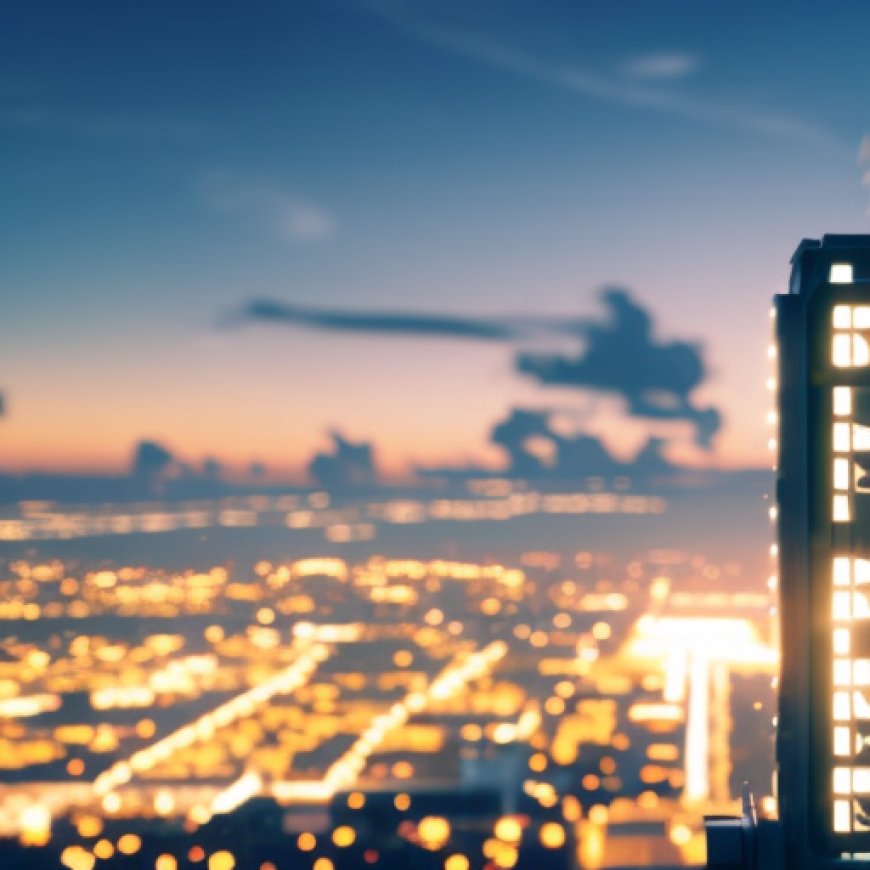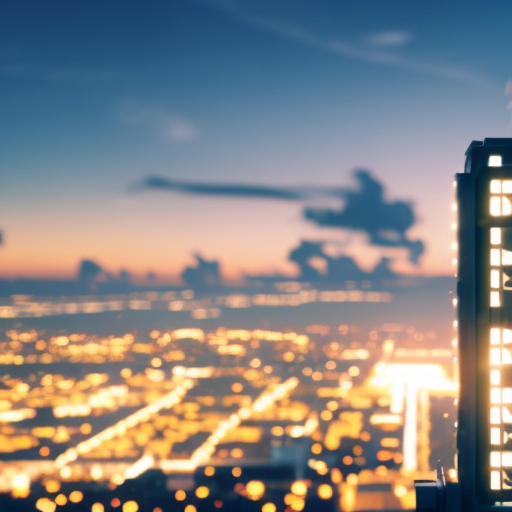Ask ACE: What energy-efficiency strategies can I incorporate into my new building?
Ask ACE: What energy-efficiency strategies can I incorporate into my new building? Mainebiz


Energy-Efficiency Strategies for New Buildings
Q: What energy-efficiency strategies can I incorporate into my new building?
ACE Advises:
Designing and building a new commercial space presents a prime opportunity to integrate best practices from the outset, minimizing both environmental impact and long-term operational costs. Here are three areas developers can focus on to achieve optimal energy performance in their new building.
1. Strategic site selection:
Carefully choose the site to leverage natural resources to minimize energy consumption, such as prioritizing locations with opportunities to install ample rooftop or ground-mounted solar. Opting for brownfield redevelopment sites can reduce the need to bring in new power connections while helping to revitalize communities and preserve green spaces.
2. Sustainable design and building materials:
Design with passive heating and cooling strategies, such as natural ventilation and daylighting, to reduce reliance on mechanical systems. Implement water-saving fixtures and landscaping techniques to conserve resources. Adopting sustainable design principles may qualify you for Efficiency Maine incentives, tax breaks, and other lucrative financial benefits.
Finally, consider using mass timber, the development of which Maine is a pioneer. Wood delivers multiple structural benefits and a lower carbon footprint over conventional building materials, and its use can also save time and money during construction.
3. Technological innovation:
Finally, plan to integrate smart technologies and energy management systems to optimize your building’s performance. Utilize sensors and automation to adjust lighting, temperature, and ventilation based on occupancy and environmental conditions. Regularly monitor energy usage data and conduct energy audits to identify areas for improvement. Engage occupants in energy-saving practices through education and behavioral incentives.
By incorporating strategic site selection, sustainable design practices, and cutting-edge technologies, Maine developers can create a new building that not only meets the needs of its occupants but also minimizes its environmental footprint and maximizes energy savings.
Sam Milton is the owner of Climate Resources Group, a Maine-based company that connects businesses with financial incentives to afford clean energy and energy efficiency in their operations. Learn more at ClimateResourcesGroup.com, and you can reach Sam at Sam@ClimateResourcesGroup.com.
SDGs, Targets, and Indicators
| SDGs | Targets | Indicators |
|---|---|---|
| SDG 7: Affordable and Clean Energy | 7.2: Increase the share of renewable energy in the global energy mix | – Mention of leveraging natural resources like solar energy – Mention of integrating smart technologies and energy management systems |
| SDG 11: Sustainable Cities and Communities | 11.3: Enhance inclusive and sustainable urbanization | – Mention of brownfield redevelopment sites to revitalize communities and preserve green spaces |
| SDG 12: Responsible Consumption and Production | 12.2: Achieve sustainable management and efficient use of natural resources | – Mention of implementing water-saving fixtures and landscaping techniques to conserve resources |
| SDG 13: Climate Action | 13.2: Integrate climate change measures into national policies, strategies, and planning | – Mention of using mass timber with a lower carbon footprint over conventional building materials |
| SDG 15: Life on Land | 15.1: Ensure the conservation, restoration, and sustainable use of terrestrial and inland freshwater ecosystems | – Mention of brownfield redevelopment sites to preserve green spaces |
1. Which SDGs are addressed or connected to the issues highlighted in the article?
The following SDGs are addressed or connected to the issues highlighted in the article:
- SDG 7: Affordable and Clean Energy
- SDG 11: Sustainable Cities and Communities
- SDG 12: Responsible Consumption and Production
- SDG 13: Climate Action
- SDG 15: Life on Land
2. What specific targets under those SDGs can be identified based on the article’s content?
The specific targets under those SDGs that can be identified based on the article’s content are:
- SDG 7.2: Increase the share of renewable energy in the global energy mix
- SDG 11.3: Enhance inclusive and sustainable urbanization
- SDG 12.2: Achieve sustainable management and efficient use of natural resources
- SDG 13.2: Integrate climate change measures into national policies, strategies, and planning
- SDG 15.1: Ensure the conservation, restoration, and sustainable use of terrestrial and inland freshwater ecosystems
3. Are there any indicators mentioned or implied in the article that can be used to measure progress towards the identified targets?
Yes, there are indicators mentioned or implied in the article that can be used to measure progress towards the identified targets:
- – Mention of leveraging natural resources like solar energy and integrating smart technologies and energy management systems can be indicators for SDG 7.2.
- – Mention of brownfield redevelopment sites to revitalize communities and preserve green spaces can be an indicator for SDG 11.3 and SDG 15.1.
- – Mention of implementing water-saving fixtures and landscaping techniques to conserve resources can be an indicator for SDG 12.2.
- – Mention of using mass timber with a lower carbon footprint over conventional building materials can be an indicator for SDG 13.2.
SDGs, Targets, and Indicators
| SDGs | Targets | Indicators |
|---|---|---|
| SDG 7: Affordable and Clean Energy | 7.2: Increase the share of renewable energy in the global energy mix | – Mention of leveraging natural resources like solar energy – Mention of integrating smart technologies and energy management systems |
| SDG 11: Sustainable Cities and Communities | 11.3: Enhance inclusive and sustainable urbanization | – Mention of brownfield redevelopment sites to revitalize communities and preserve green spaces |
| SDG 12: Responsible Consumption and Production | 12.2: Achieve sustainable management and efficient use of natural resources | – Mention of implementing water-saving fixtures and landscaping techniques to conserve resources |
| SDG 13: Climate Action | 13.2: Integrate climate change measures into national policies, strategies, and planning | – Mention of using mass timber with a lower carbon footprint over conventional building materials |
| SDG 15: Life on Land | 15.1: Ensure the conservation, restoration, and sustainable use of terrestrial and inland freshwater ecosystems | – Mention of brownfield redevelopment sites to preserve green spaces |
Behold! This splendid article springs forth from the wellspring of knowledge, shaped by a wondrous proprietary AI technology that delved into a vast ocean of data, illuminating the path towards the Sustainable Development Goals. Remember that all rights are reserved by SDG Investors LLC, empowering us to champion progress together.
Source: mainebiz.biz

Join us, as fellow seekers of change, on a transformative journey at https://sdgtalks.ai/welcome, where you can become a member and actively contribute to shaping a brighter future.







